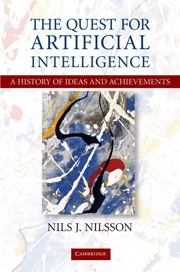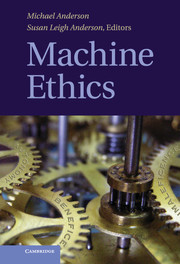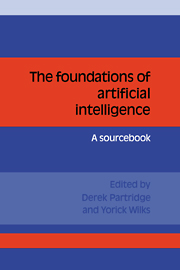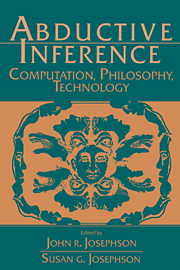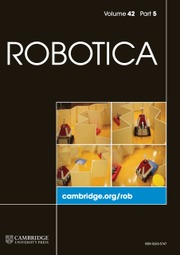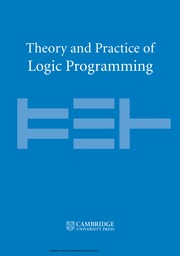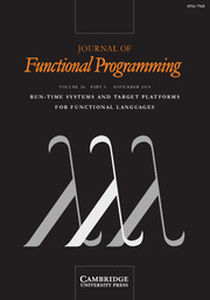The Quest for Artificial Intelligence
Artificial intelligence (AI) is a field within computer science that is attempting to build enhanced intelligence into computer systems. This book traces the history of the subject, from the early dreams of eighteenth-century (and earlier) pioneers to the more successful work of today's AI engineers. AI is becoming more and more a part of everyone's life. The technology is already embedded in face-recognizing cameras, speech-recognition software, Internet search engines, and health-care robots, among other applications. The book's many diagrams and easy-to-understand descriptions of AI programs will help the casual reader gain an understanding of how these and other AI systems actually work. Its thorough (but unobtrusive) end-of-chapter notes containing citations to important source materials will be of great use to AI scholars and researchers. This book promises to be the definitive history of a field that has captivated the imaginations of scientists, philosophers, and writers for centuries.
- Covers lots of historical landmark AI systems as well as modern AI applications
- Author has been working in AI for 50 years giving first-hand experience of the whole history of the subject
- Nilsson is an experienced author, so knows how to explain technical material to non-experts
Reviews & endorsements
'… [a] balanced look at what AI has been able to do during its first 50 years of existence. His personal recollections and the rationale behind many decisions, as retold by an insider, make this book a unique contribution, interesting both for the informed and for the general reader. Both kinds of readers can learn a lot from Nilsson's book about the evolution of this now-mature research field. The book is written in a friendly conversational style, without any unnecessary mathematical formalisms, and is richly illustrated with many diagrams that depict representative AI systems and photographs of the many innovators that led to their development.' Fernando Berzal, Reviews.com
Product details
January 2010Paperback
9780521122931
580 pages
234 × 155 × 28 mm
0.79kg
227 b/w illus. 2 tables
Available
Table of Contents
- Part I. Beginnings:
- 1. Dreams and dreamers
- 2. Clues
- Part II. Early Explorations:
- 1950s and 1960s:
- 3. Gatherings
- 4. Pattern recognition
- 5. Early heuristic programs
- 6. Semantic representations
- 7. Natural language processing
- 8. 1960s infrastructure
- Part III. Efflorescence: Mid-1960s to Mid-1970s:
- 9. Computer vision
- 10. 'Hand-Eye' research
- 11. Knowledge representation and reasoning
- 12. Mobile robots
- 13. Progress in natural language processing
- 14. Game playing
- 15. The dendral project
- 16. Conferences, books, and funding
- Part IV. Applications and Specializations:
- 1970s to Early 1980s:
- 17. Speech recognition and understanding systems
- 18. Consulting systems
- 19. Understanding queries and signals
- 20. Progress in computer vision
- 21. Boomtimes
- Part V. 'New Generation' Projects:
- 22. The Japanese create a stir
- 23. Darpa's strategic computing program
- Part VI. Entr'acte:
- 24. Speed bumps
- 25. Controversies and alternative paradigms
- Part VII. The Growing Armamentarium: From the 1980s Onward:
- 26. Reasoning and representation
- 27. Other approaches to reasoning and representation
- 28. Bayesian networks
- 29. Machine learning
- 30. Natural languages and natural scenes
- 31. Intelligent system architectures
- Part VIII. Modern AI: Today and Tomorrow:
- 32. Extraordinary achievements
- 33. Ubiquitous artificial intelligence
- 34. Smart tools
- 35. The quest continues.

